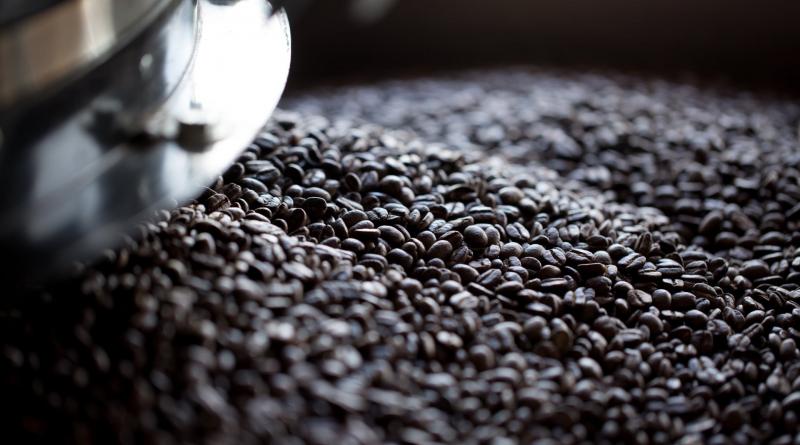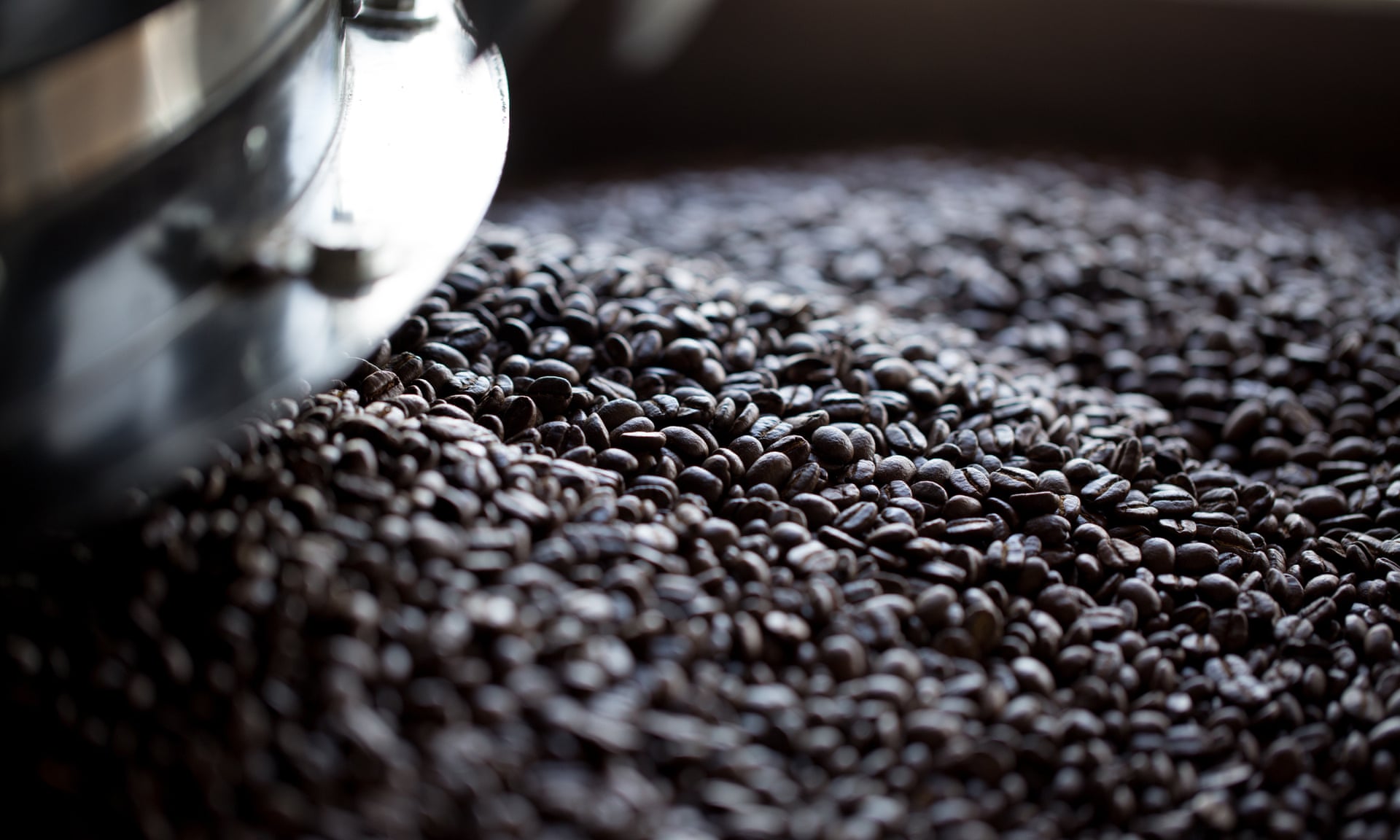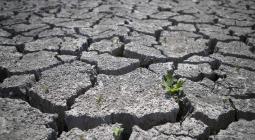Η κλιματική αλλαγή απειλεί να εξαφανίσει τον καφέ. Μόνη ελπίδα η Αυστραλία.

The end of coffee: could Australia save the world's beans?
Climate change may devastate the globe’s major coffee-growing regions through extreme weather events – but Australia could be the solution
If a future of relentless fires, droughts, superstorms and rising sea levels makes you feel like you need a strong caffeinated beverage, there is some bad news: climate change is coming for the world’s coffee beans.
Greg Meenahan, the partnership director at the non-profit institute World Coffee Research, puts it this way: “Demand for coffee is expected to double by the year 2050 and, if nothing is done, more than half of the world’s suitable coffee land will be pushed into unsuitability due to climate change. Without research and development, the coffee sector will need up to 180m more bags of coffee in 2050 than we are likely to have.”
To address this, the organisation is undertaking the international multi-location variety trial, testing 35 coffee types across 23 countries to measure performance in different climates – including in regions not typically associated with coffee production, such as Australia.
In what could be Australia’s most significant contribution to coffee since the flat white, scientists at Southern Cross University will be testing 20 “climate-resistant” varieties.
Prof Graham King, the director of plant science at SCU, says that in January up to 900 plants will be planted at the tropical fruit research station in Alstonville, northern New South Wales. According to King, climate change is expected to devastate the world’s major coffee-growing regions through extreme weather and by increasing attacks by crop pests and diseases.
“Many current mountainous tropical production areas of the world are likely to become untenable for coffee as climate change progresses,” he says. “Within Australia we currently have the benefit of no coffee rust or cherry borer, or other major pests and disease. This is quite unique compared with most production areas of the world.”
The impact is already being felt. As detailed in a 2016 report by Fairtrade Australia, in 2012 Central America was hit by a wave of coffee leaf rust (Hemileia vastatrix) after unusually high temperatures and high-altitude rains, causing US$500m in crop damages and putting nearly 350,000 labourers out of work.
Droughts and frequent storms have led to Costa Rican farmers giving up coffee for orange plantations. Outside Latin America, the coffee berry borer (Hypothenemus hampei) – which used to only appear at a maximum altitude of 1,500 metres above sea level – is being found above this limit, thanks to unseasonably hot conditions and higher rainfall on plantations from Tanzania to Indonesia. On Mount Kilimanjaro plantations, the beetle is now found 300 metres higher than last century.
Not only is Australia free of these blights, says King, but climate change could open up more Australian regions for growing coffee cherries owing to reduced frost damage in winter.
King warns that the trial will need at least five years to reap results, but funding from the federal government-funded AgriFutures Australia runs out in May. He says it has offered “pretty poor engagement” on the issue.
AgriFutures’ business development manager, Duncan Farquhar, says the coffee sector has been provided with funding for developing new varieties since 2014. “Emerging industries, including the coffee industry” have been invited to compete for a new round of funding, he says.
The organisation’s figures indicate that local coffee production has a long way to go to meet domestic demand. In 2011–12, just under 50 Australian growers produced about 1,000 tonnes of dry green beans, while about 67,000 tonnes were imported. Its experts say Australian coffee is 10% to 15% lower in caffeine than much overseas coffee because it is grown in a low-stress environment. Caffeine is produced by coffee plants as a defence mechanism against threats from pests and diseases.
An agronomist and coffee industry adviser, David Peasley, says rising temperatures could hurt coffee growing in north Queensland but agrees that in subtropical coffee growing regions they could help. He cautions that climate change could leave Australian plantations more vulnerable to pests and diseases and that extreme weather events will present a challenge.

Indeed, without hardier varieties, Australian growers may find climate change brings more challenges than benefits. A grower, Zeta Grealy, says conditions have become increasingly difficult since she created her Zeta’s Coffee plantation on the border of NSW and Queensland in 1994.
“In the past we had fabulous conditions, a lovely microclimate for coffee,” she says. “It used to look rainforest-y around here, now it’s very sparse. It has been a gradual change – where once we’d be getting two metres of rainfall, [across 2018] we had less than one.
“Our crop actually didn’t happen this time, we had overripe cherries and completely green cherries, flowers on the tree – not what we want. So we decided to strip the trees and get them ready for next year.”
The crop was down to 19kg from a typical year of about a tonne. Grealy is hopeful that the trials lead to access to varieties that can cope with lower rainfall.
World Coffee Research is encouraging the industry to do its bit to safeguard the crop’s global future by contributing to its Checkoff program, in which roasters can donate up to 0.20 cents a kilogram of green coffee from participating suppliers to help fund initiatives such as the global trial.
Supporters include Single O’s director of coffee, Wendy De Jong, whose company will be the first roaster to import a full container of “future-friendly” coffees to Australia.
“[We] are calling on Australian roasters and importers to do their part to fund the critical research and development needed for coffee and farmers alike by signing up to the WCR Checkoff program,” she says.
Fairtrade Australia’s chief executive, Molly Harriss Olson, welcomes research into hardier varieties, noting that by 2080 wild coffee – a vital bedrock of genetic diversity for developing new varieties – could become extinct. She notes that expanding Australian plantations won’t prevent climate change’s impact on coffee growers in other countries.
“More frequent and severe drought is associated with a deep and disturbing sense of failure, loss, powerlessness, heightened anxiety, stress, depression and an increased suicide rate among farmers,” she says.
Harriss Olson urged coffee consumers to educate themselves about the challenges facing growers, seek out brands that are both carbon-neutral and help producers to adapt to a changing climate, and urge businesses and governments to pursue a carbon-neutral economy.
“It’s crucial that we all take action now,” she says. “Because the future of coffee, one of the world’s favourite commodities, and the livelihood and wellbeing of millions of coffee farmers, workers and their families is at stake.”

Mon 7 Jan 2019 00.12 GMT Last modified on Mon 7 Jan 2019 02.13 GMT





